Forgotten Treasures: Exploring the Mysterious Museum of Quíbor - Part 1 [En-Es]
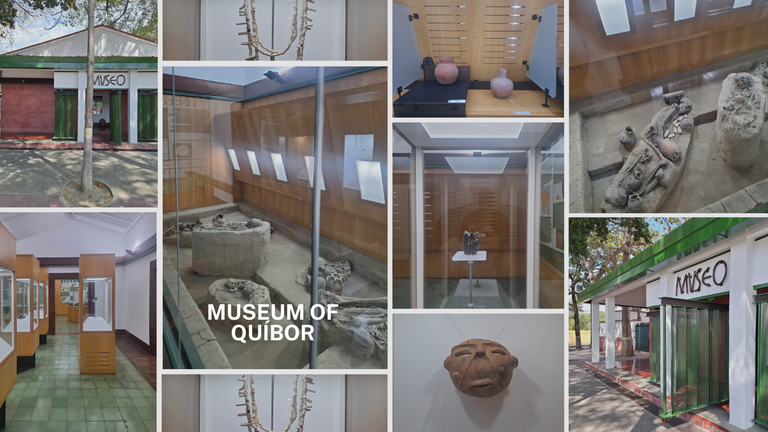
I have visited very few museums or galleries because there are very few in Venezuela. However, I had the opportunity to visit the Francisco Tamayo Yépez Anthropological Museum in Quíbor on February 12 of this year. It was the last place I visited while exploring the town of Quíbor.
I had wanted to visit this museum for years, but I hadn't had the opportunity due to time and even financial constraints. Despite being relatively close, you still need to plan the trip carefully; having a car helps reduce costs.
We had to circle around Quíbor several times due to wrong turns before finally reaching the museum. When we arrived, I was impressed by the building’s facade, painted in green, white, and clay red. The next photo captures the museum's architectural style.
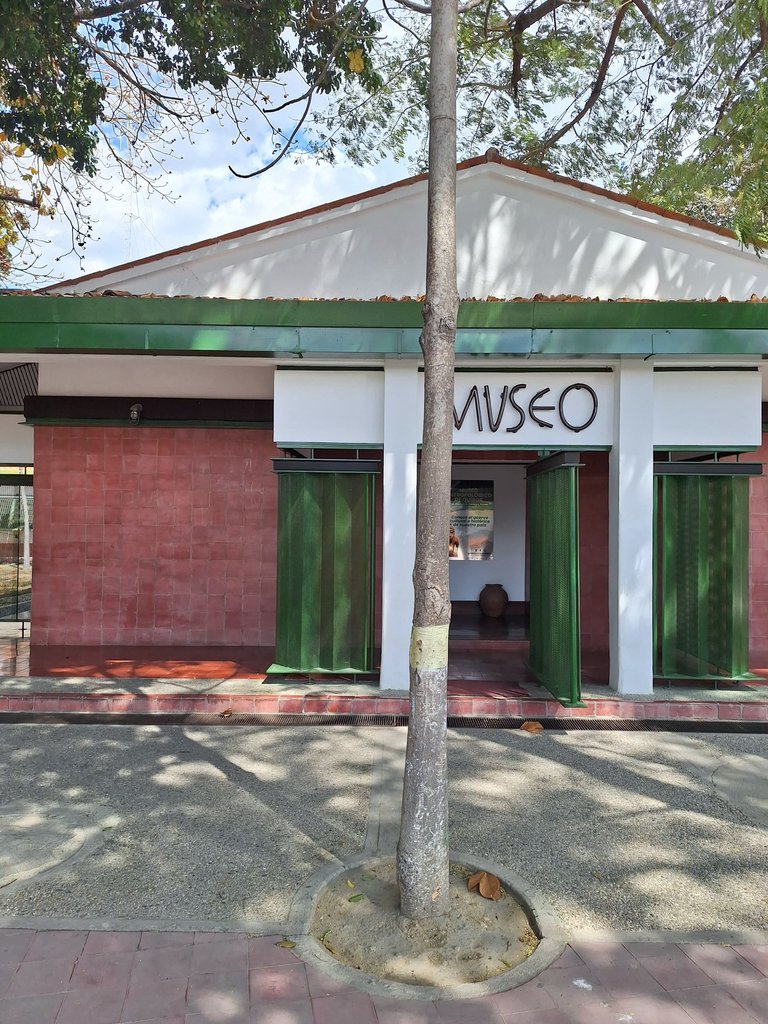
The front of the museum is filled with shrubs and palm trees. The colonial houses facing it create a unique scene, reflecting the deep Spanish cultural roots in Venezuela. One of the houses was under renovation, and construction workers were there. In front of the museum, there was a small tree that had been cut down but was still trying to grow. I regret that the ground was somewhat uneven, but this was due to the shallow roots of the nearby shrubs.
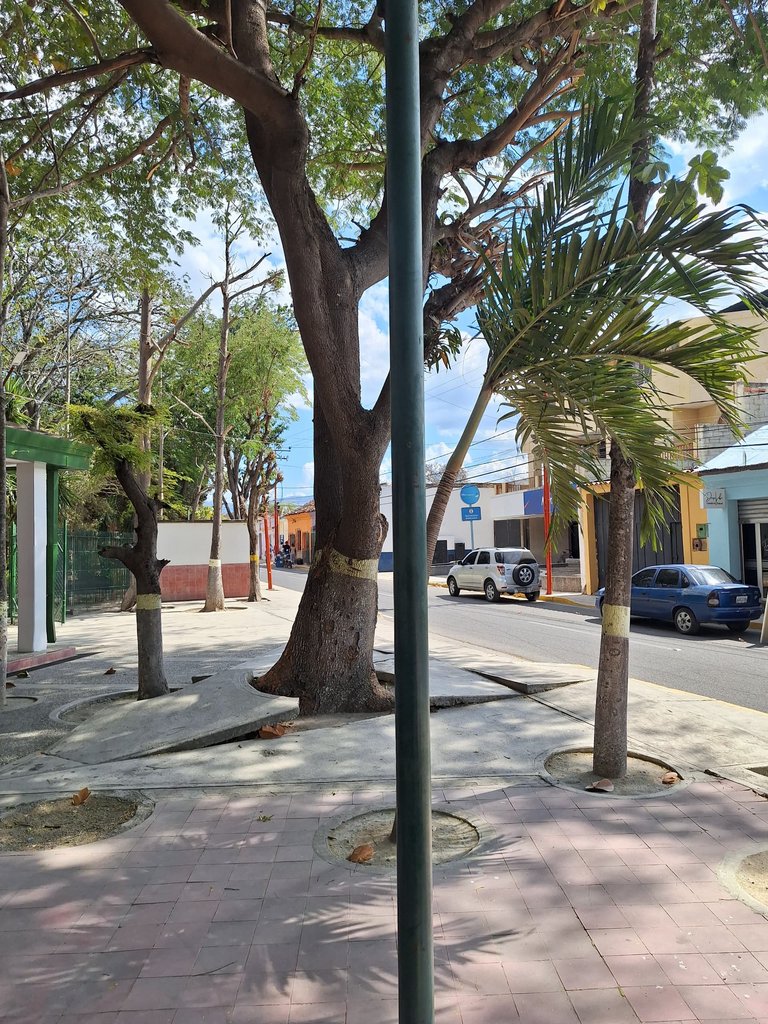 |  | 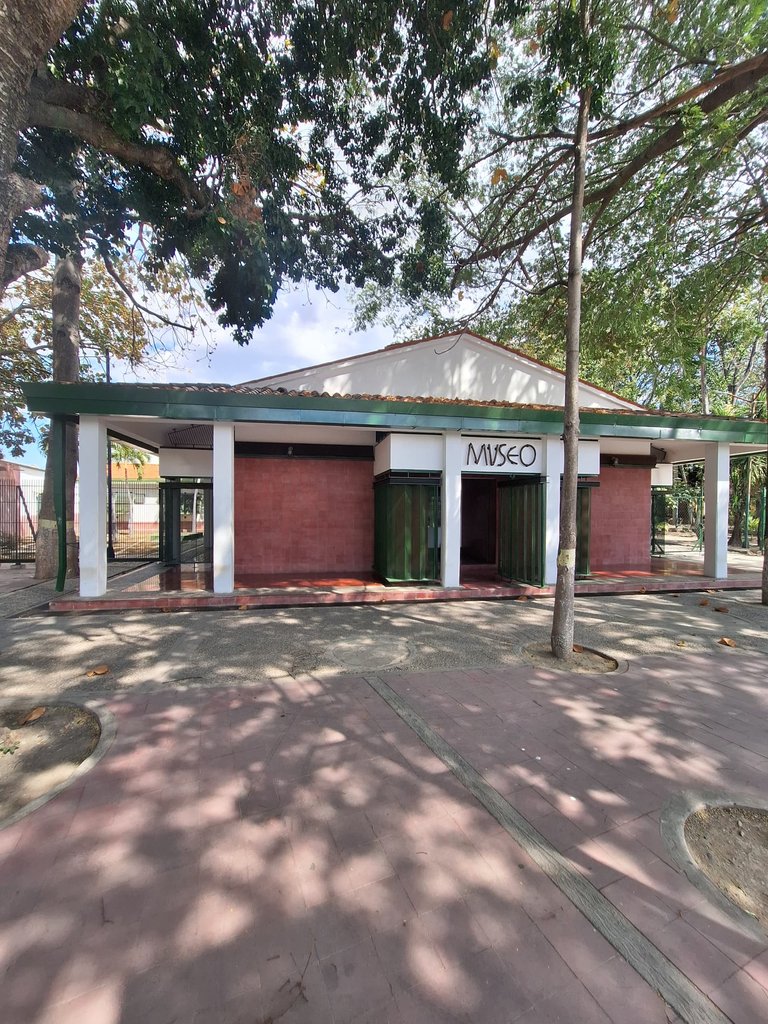 |
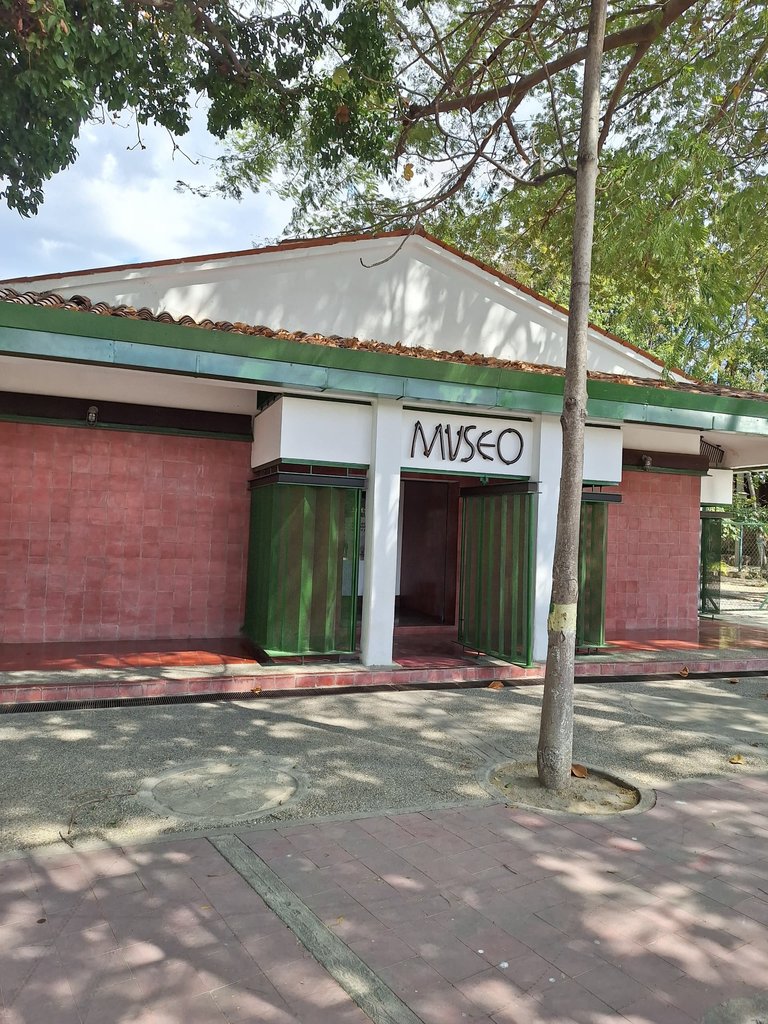 |  | 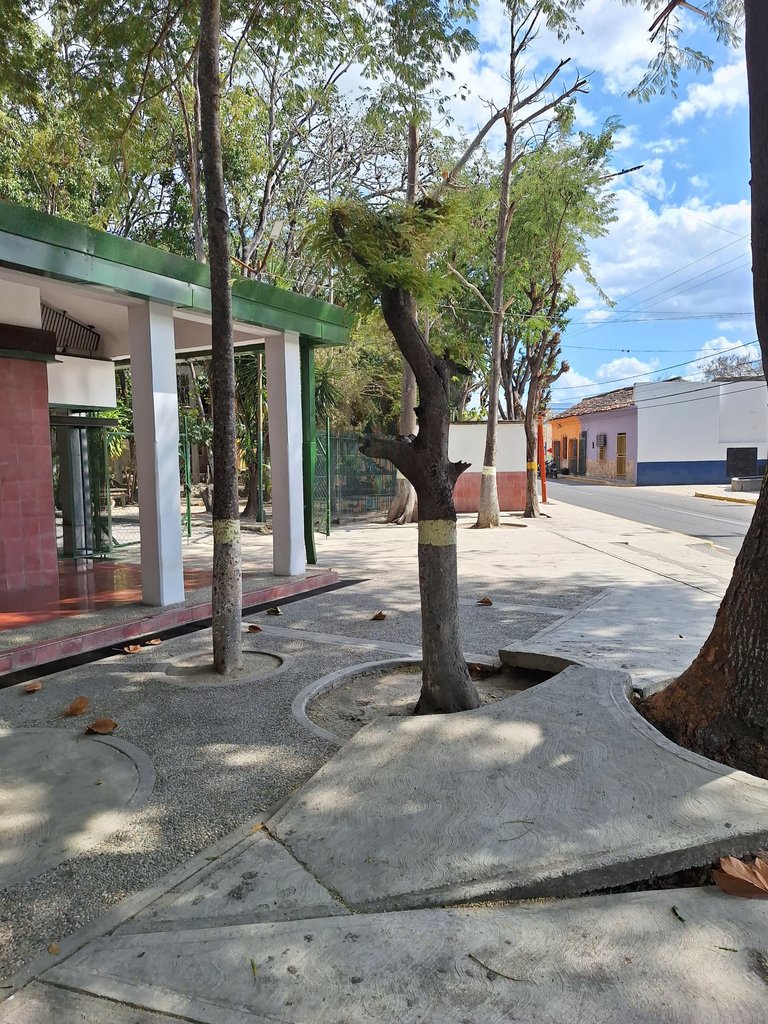 |
The beauty of the museum’s entrance fits perfectly with Quíbor’s urban layout and atmosphere. I appreciated how clean and well-kept the area was. I took the chance to photograph the parking lot; the number of trees there was surprising. Inside the grounds, there was an abandoned construction project, a consequence of Venezuela’s economic depression from 2012 to 2025.
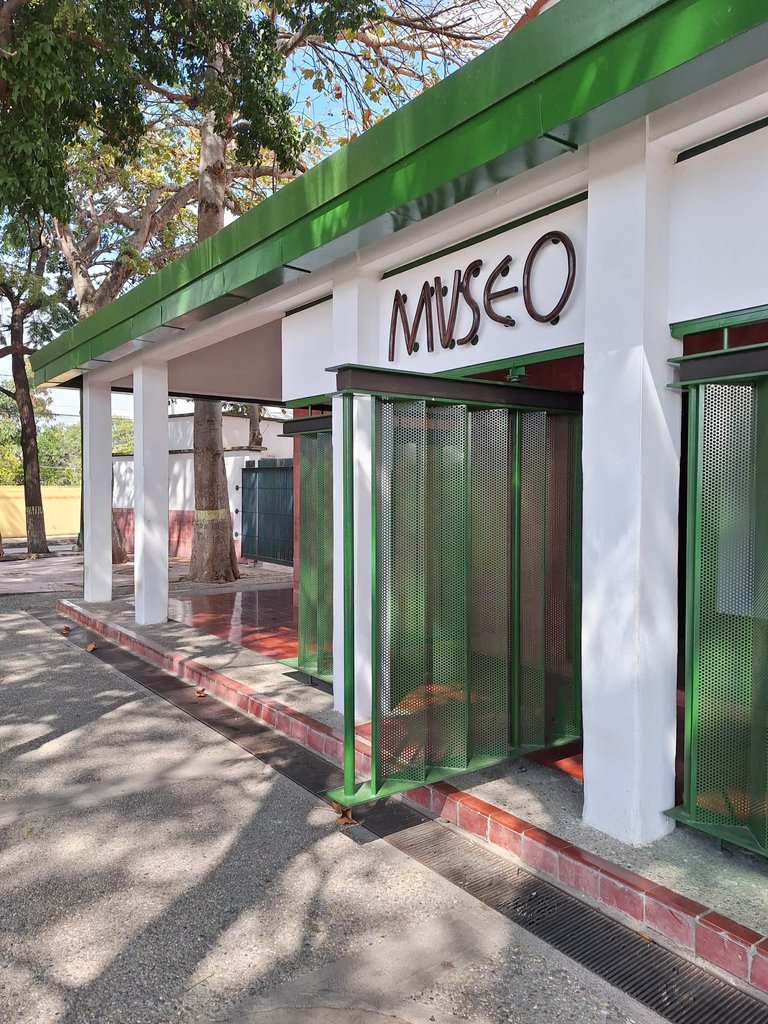
At the entrance of the museum, there is an interesting sign featuring one of the sculptures found in Quíbor. In the past, this town was the hub of craftsmanship production in Venezuela. This tradition dates back to indigenous peoples and was later enriched by Spanish influence.
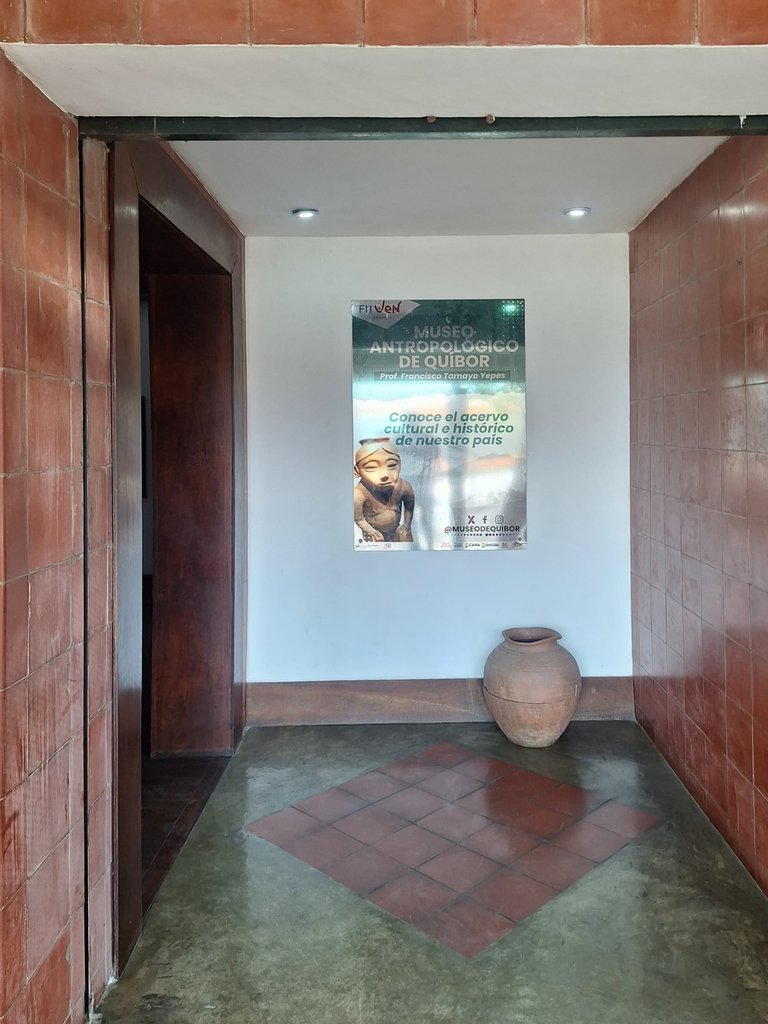 | 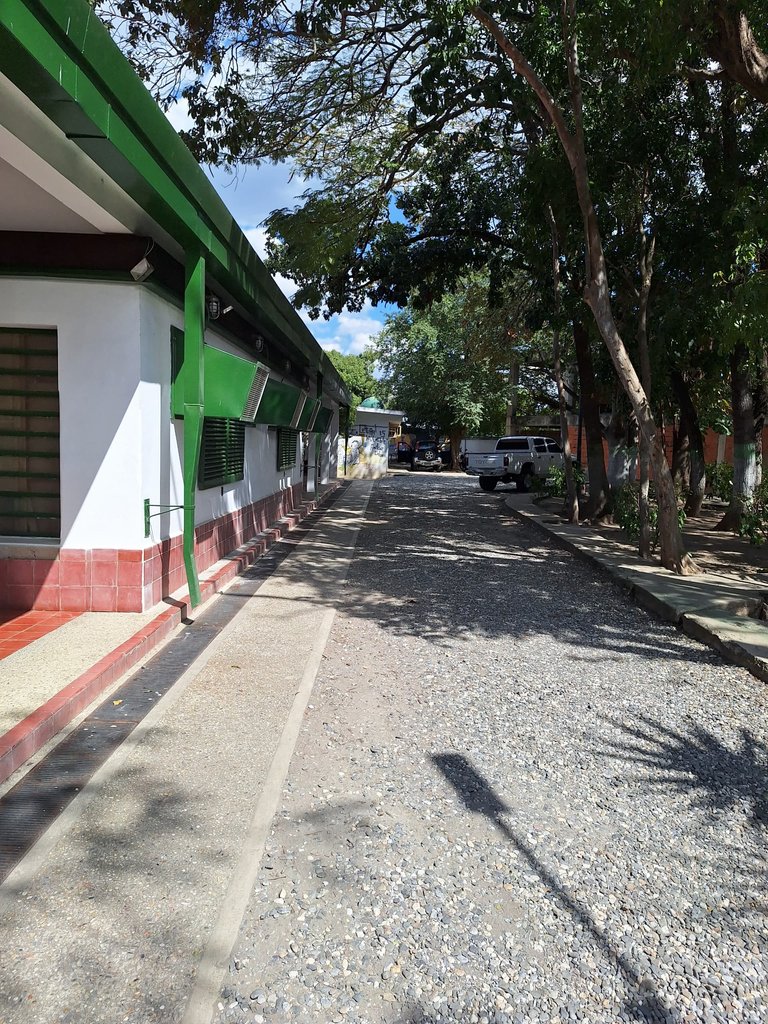 | 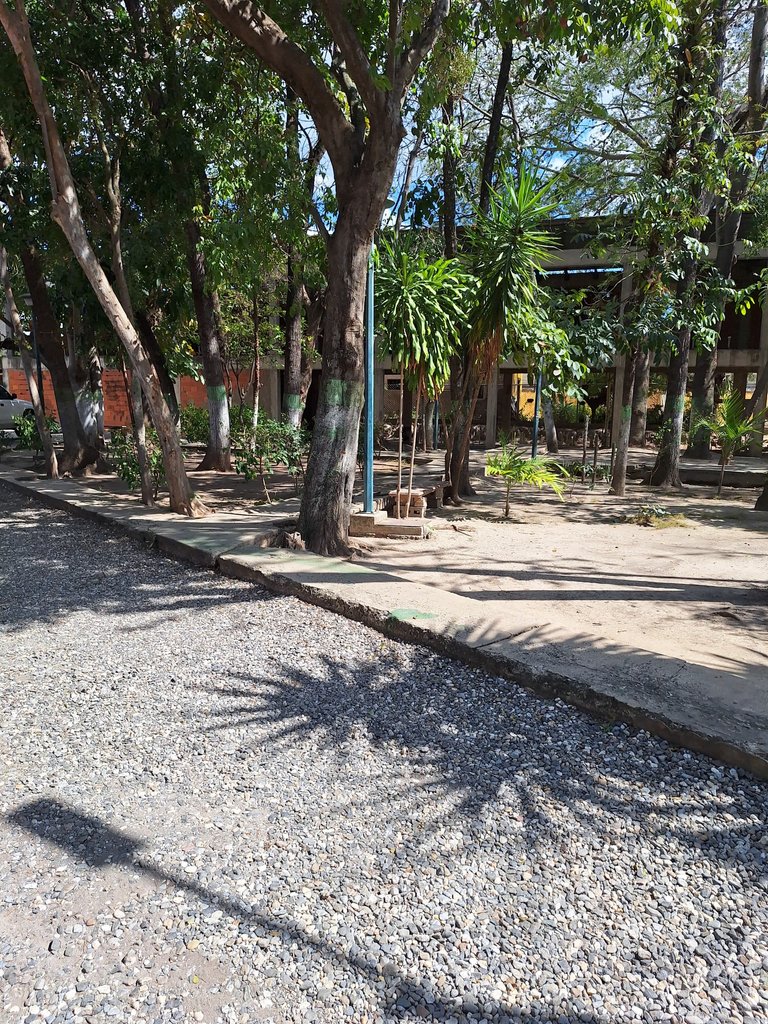 |
The first thing you see inside is a floor plan of the building, showing how everything is distributed. I liked this detail since not many places offer it. Some areas labeled A, B, and 4 remain unfinished.

Section 1, the main building, is divided into six exhibit rooms, a lobby, and a gift shop. Each room focuses on a specific type of archaeology. I noticed that some exhibits had been removed from the lobby where the floor plan was displayed.
 | 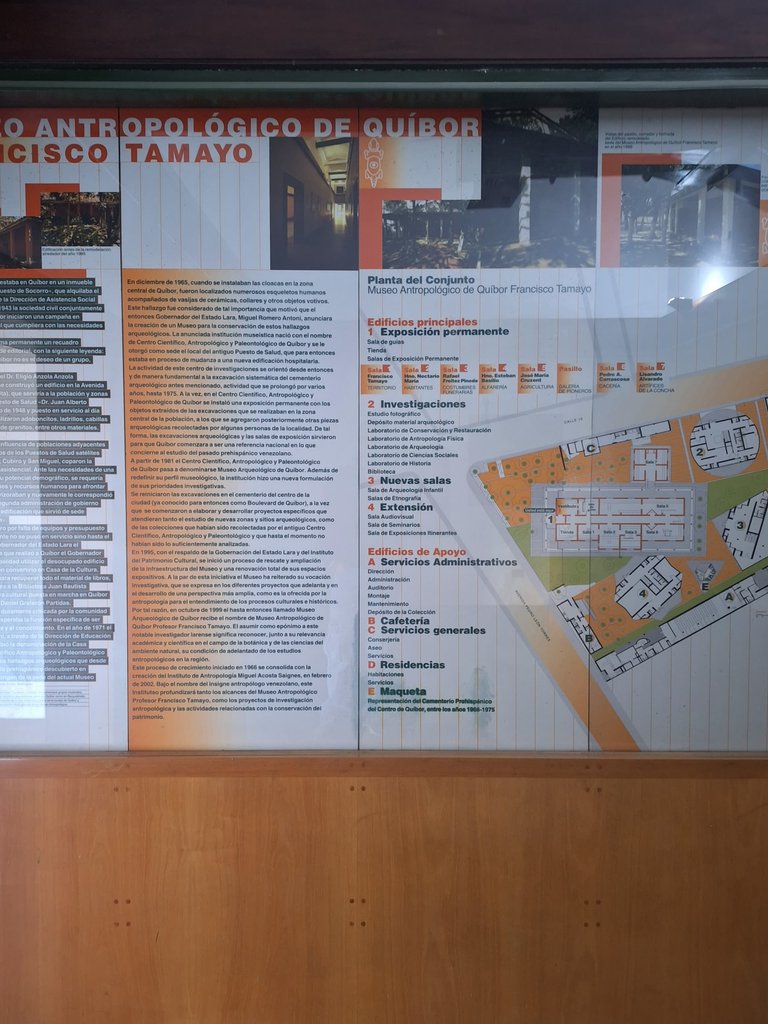 | 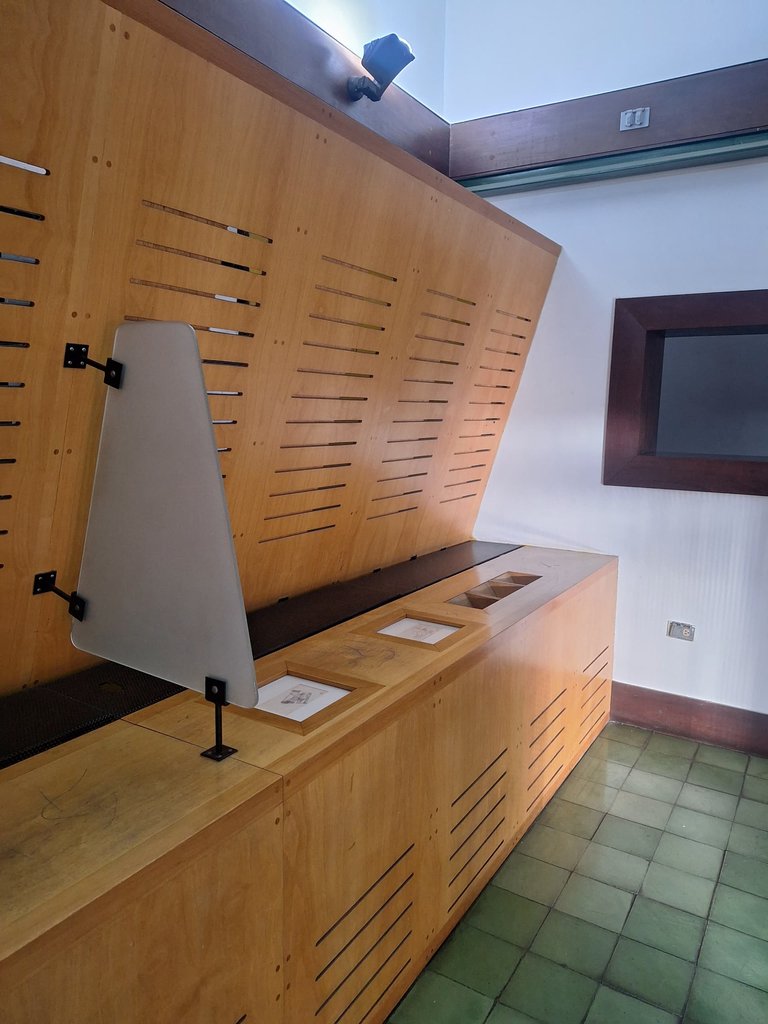 |
As you walk through the hallway between the gift shop and the lobby, you encounter the first archaeological item: a beautiful necklace made of snail shells and an unknown-origin snail pendant.
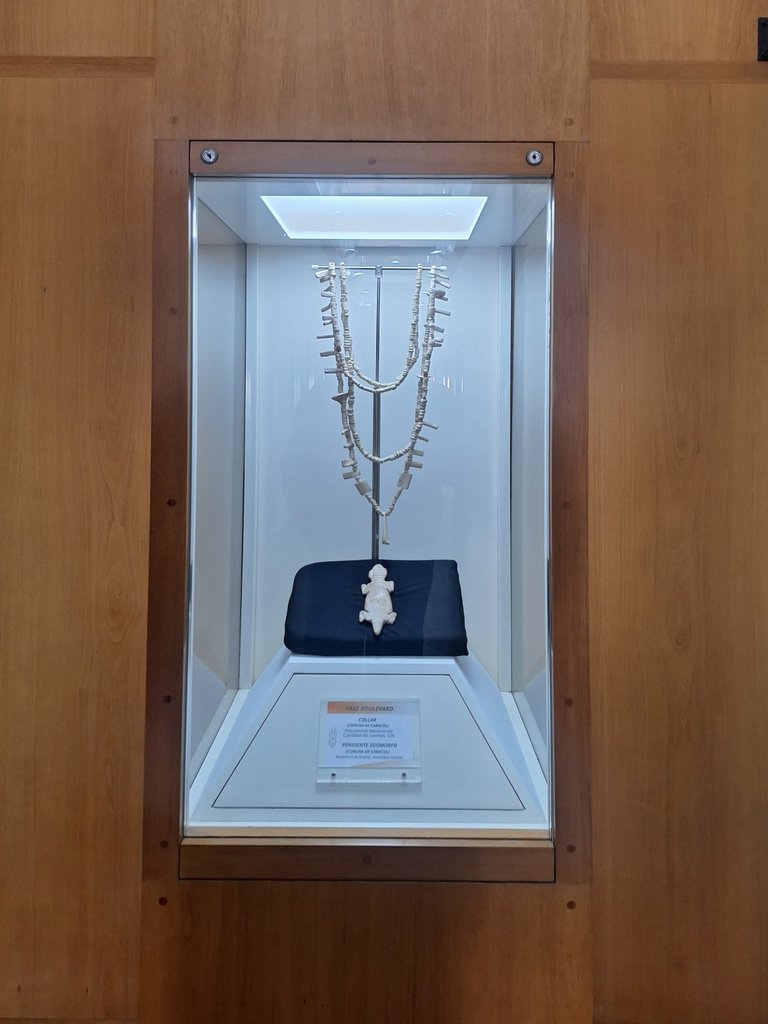 | 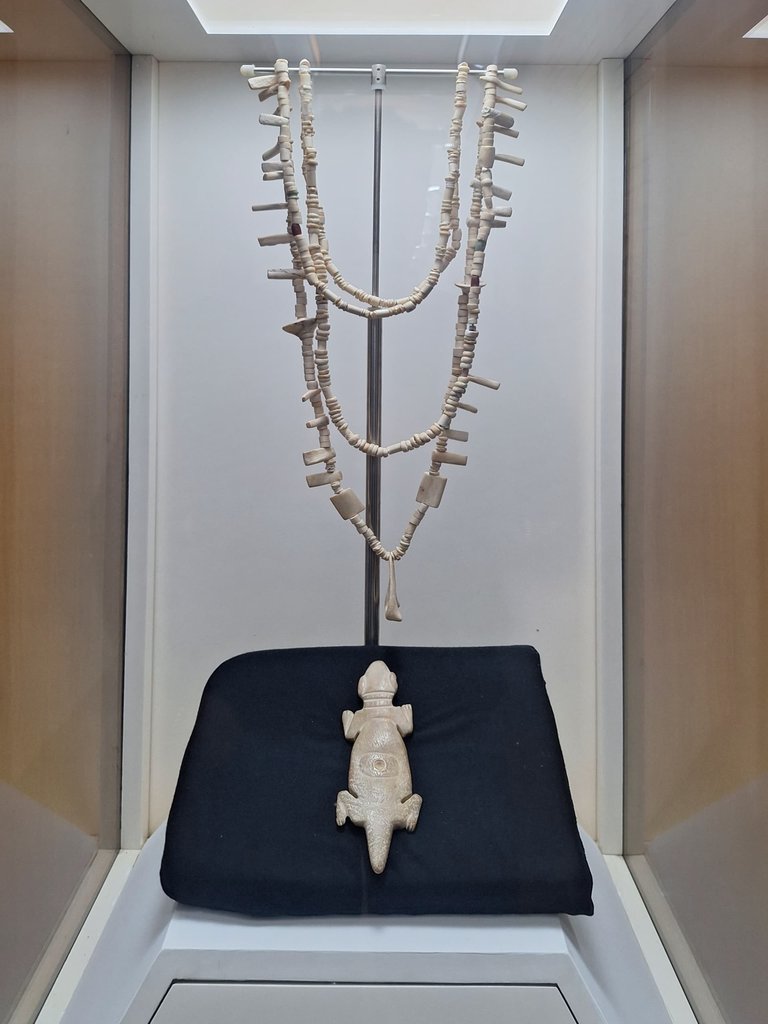 | 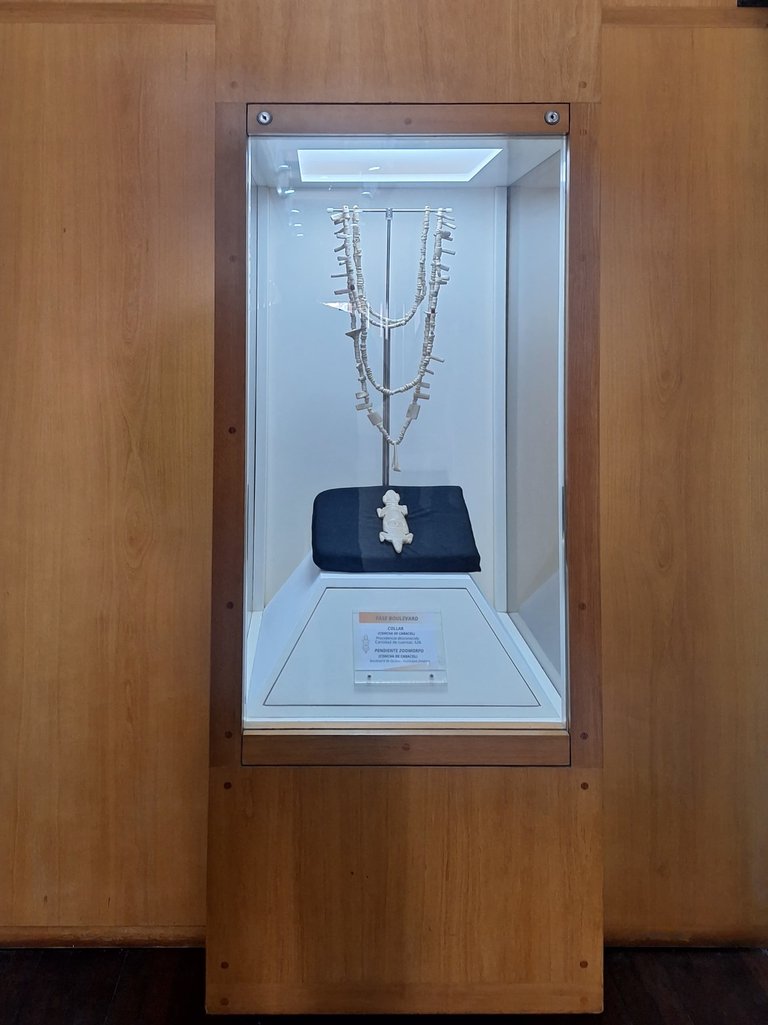 |
After seeing the necklace, I entered the first room, one of the most impressive. It displayed an amazing collection of crafts. I found this room particularly interesting because the showcases were more interactive, allowing for a closer look at the objects.
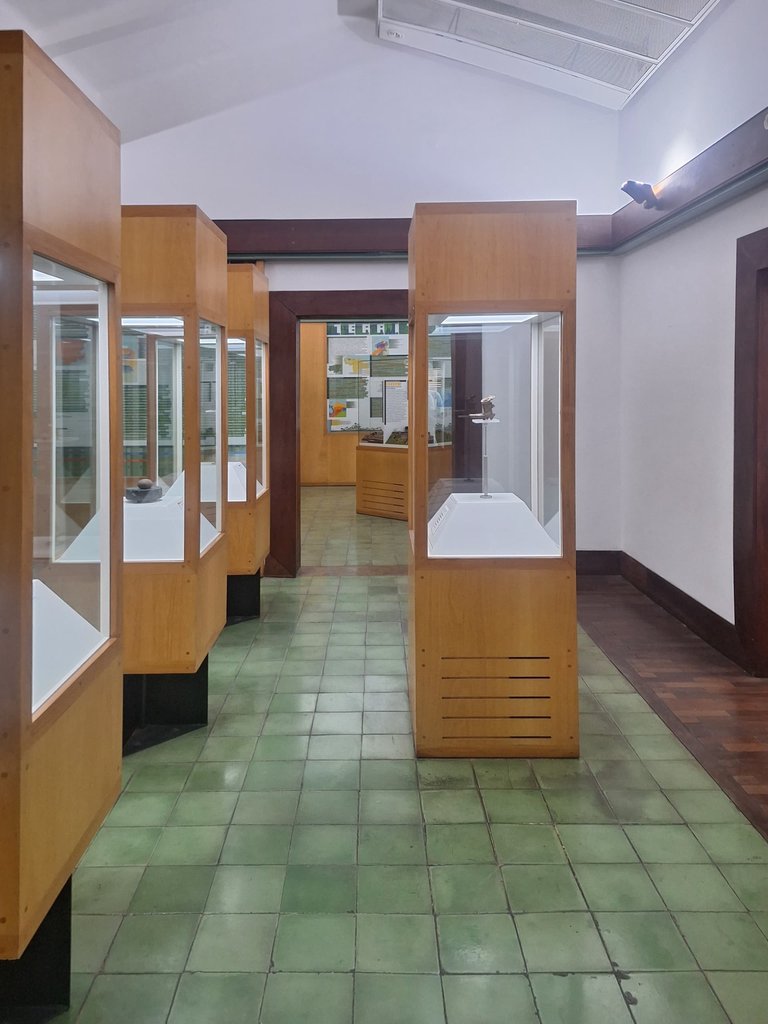 |  |  |
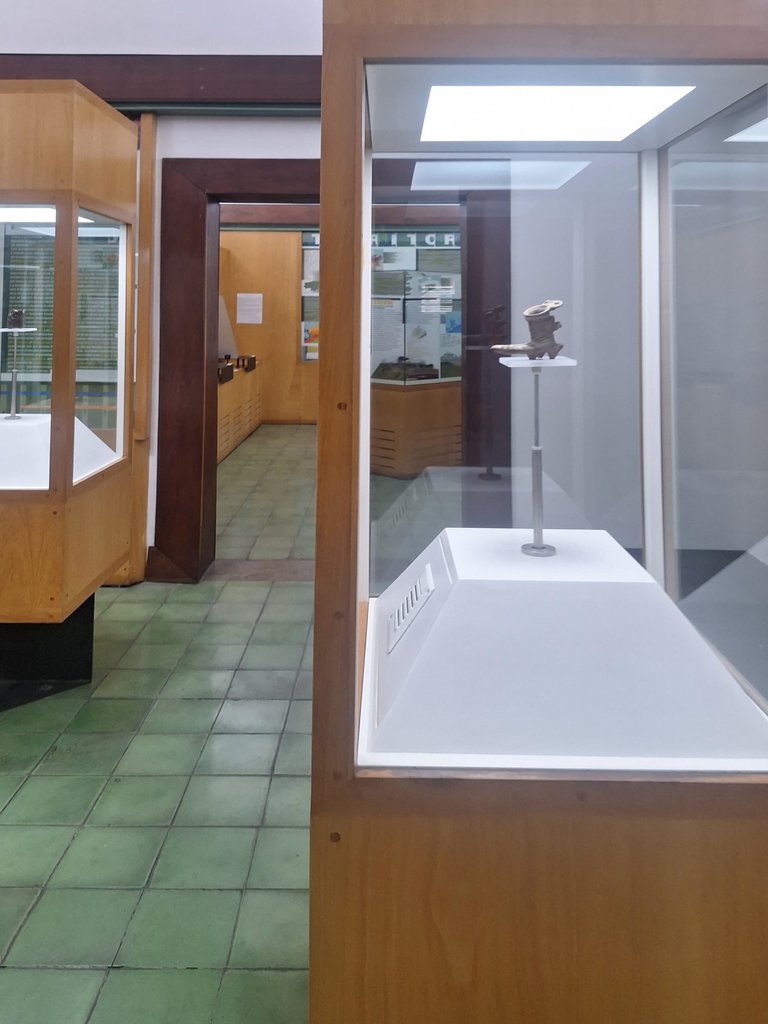 | 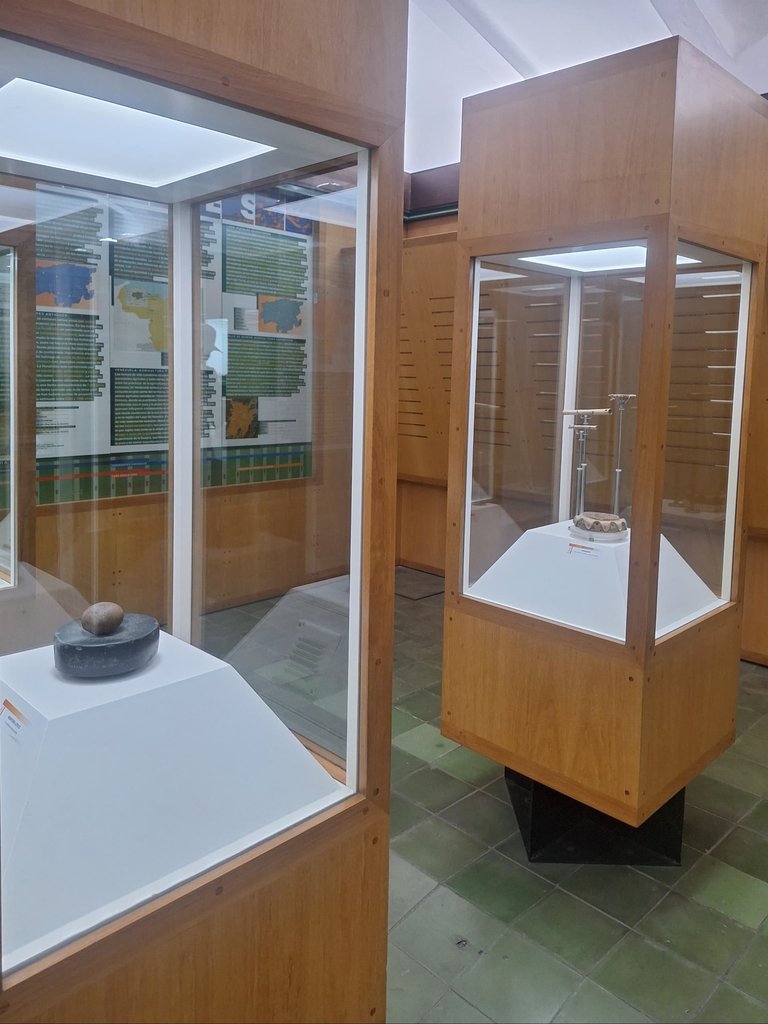 |  |
One object caught my attention; it seemed to be made of metal, but it wasn't. The details were fascinating. I didn’t pay much attention to the name—sorry about that!
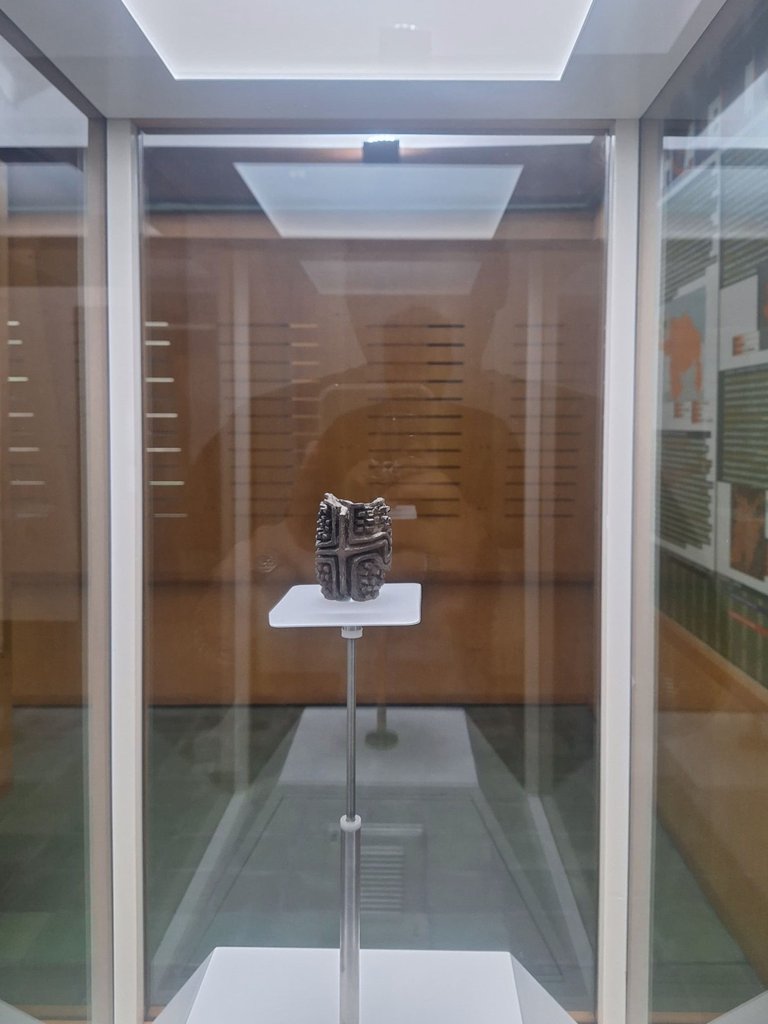
Another highlight of this room was the pottery and how it was displayed without glass cases, allowing a much closer look. Some pieces were pitchers, others were dishes, and one even looked like a bowl used to knead arepa dough—haha!
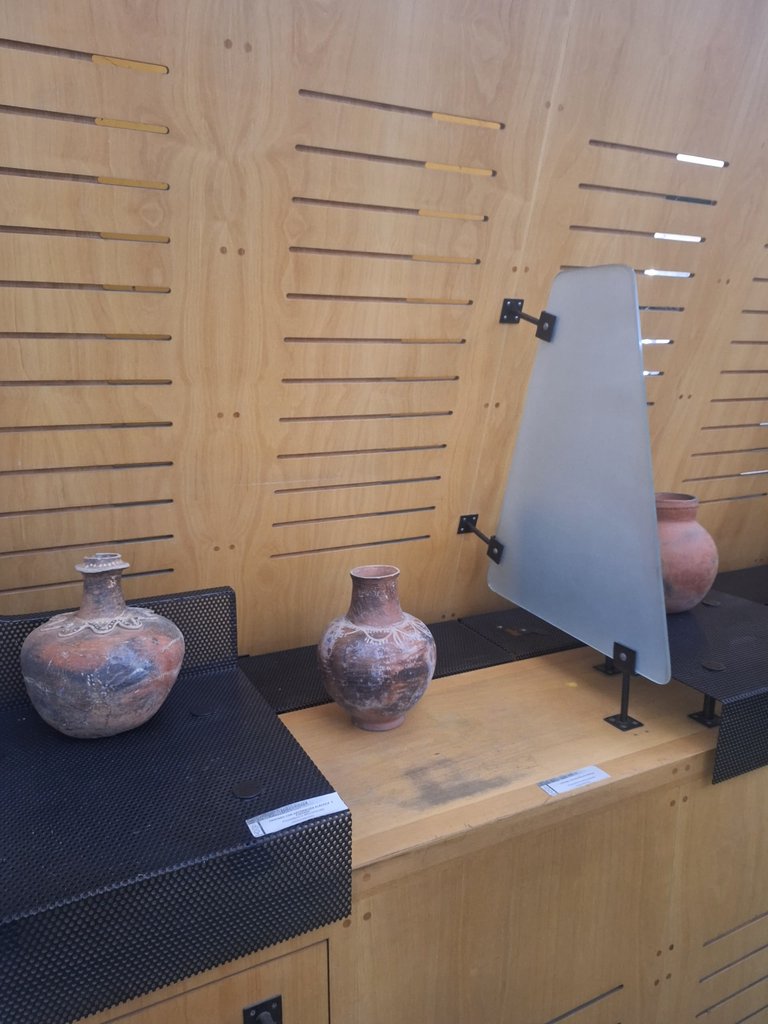 | 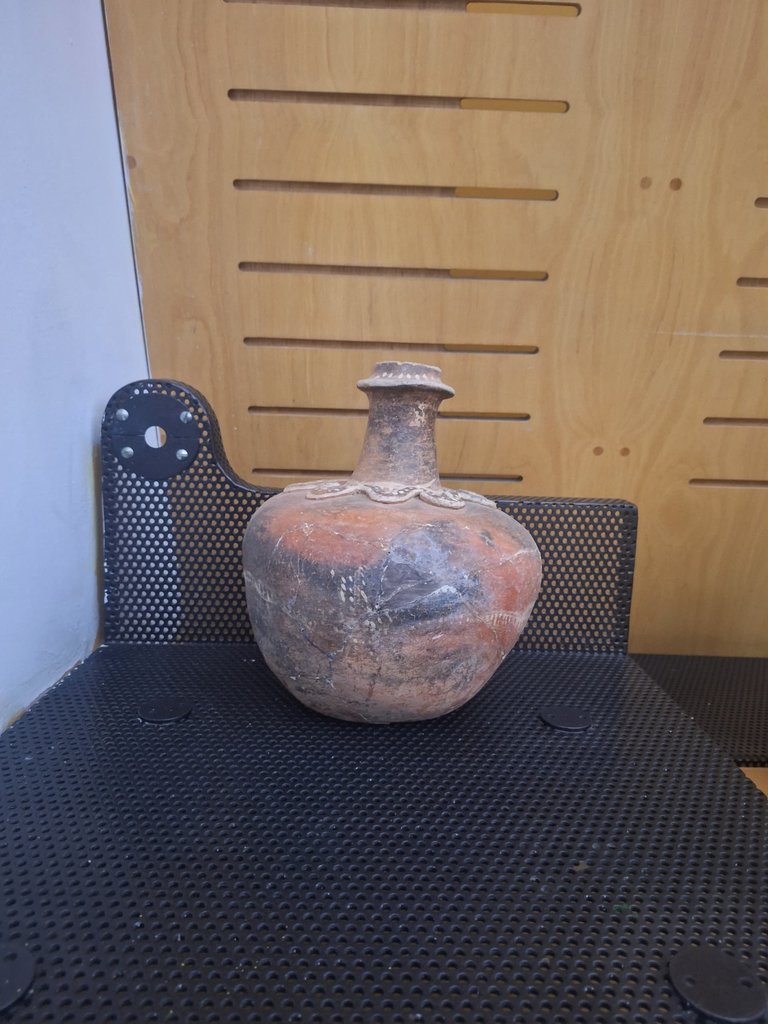 | 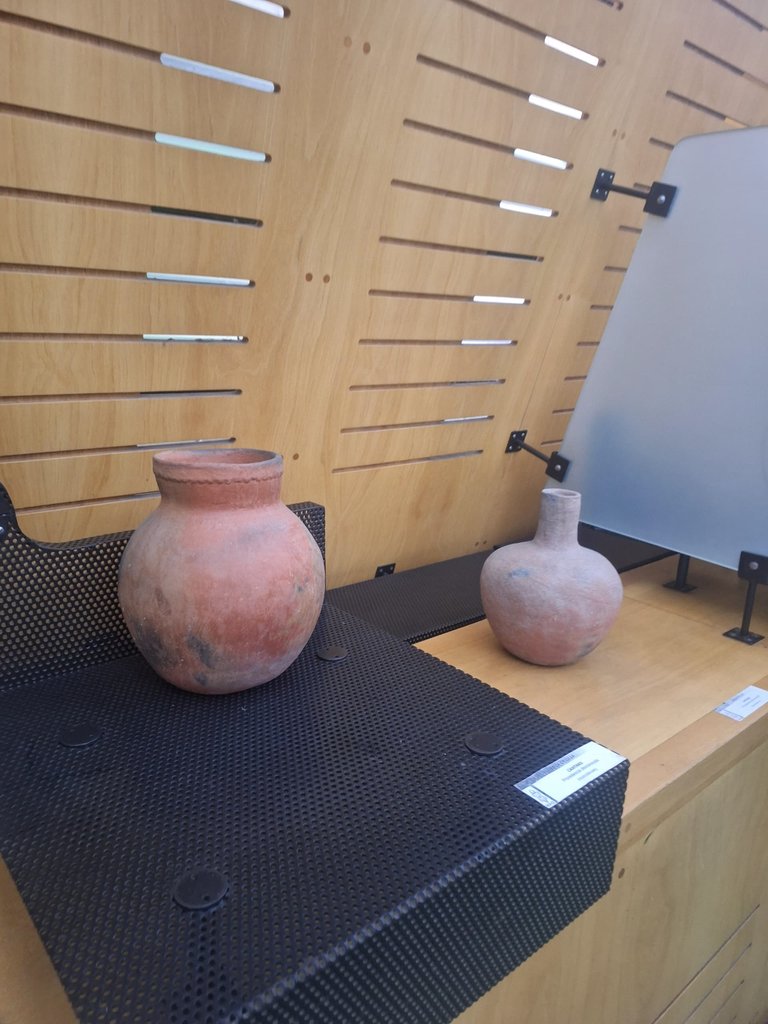 |
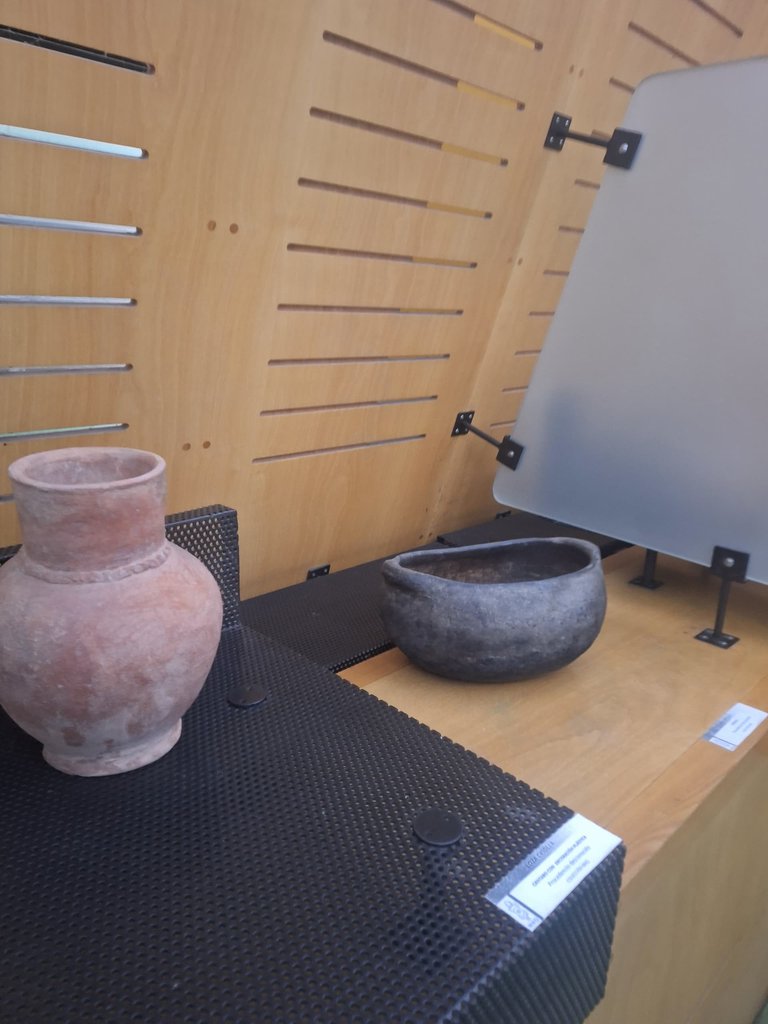 | 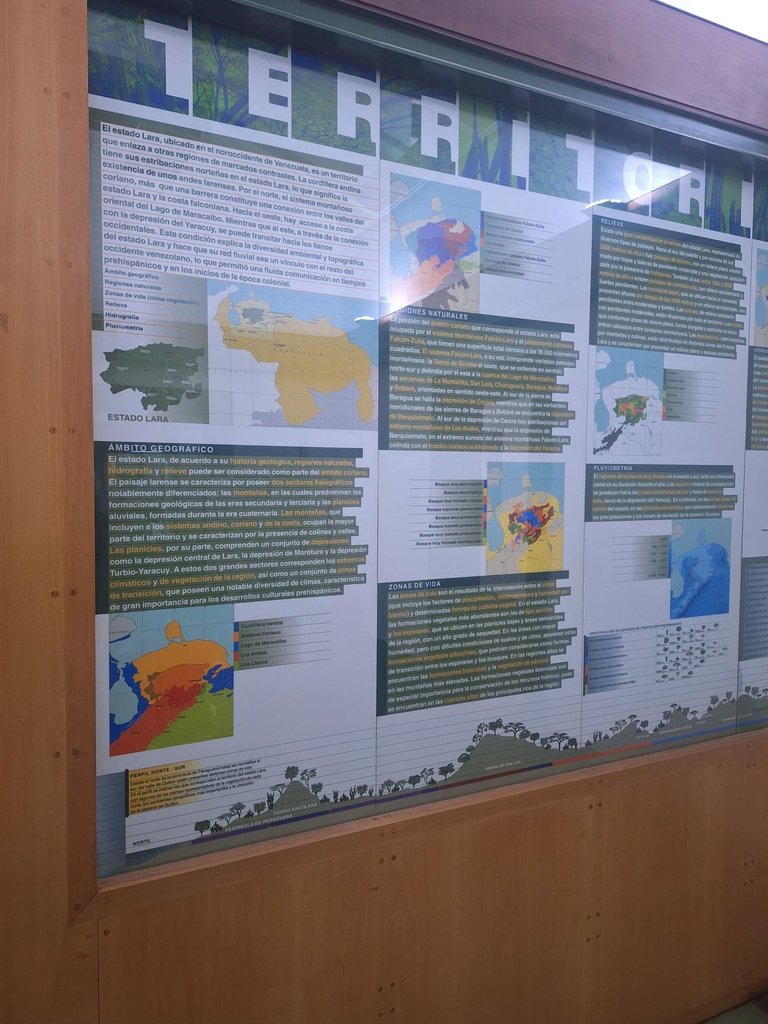 | 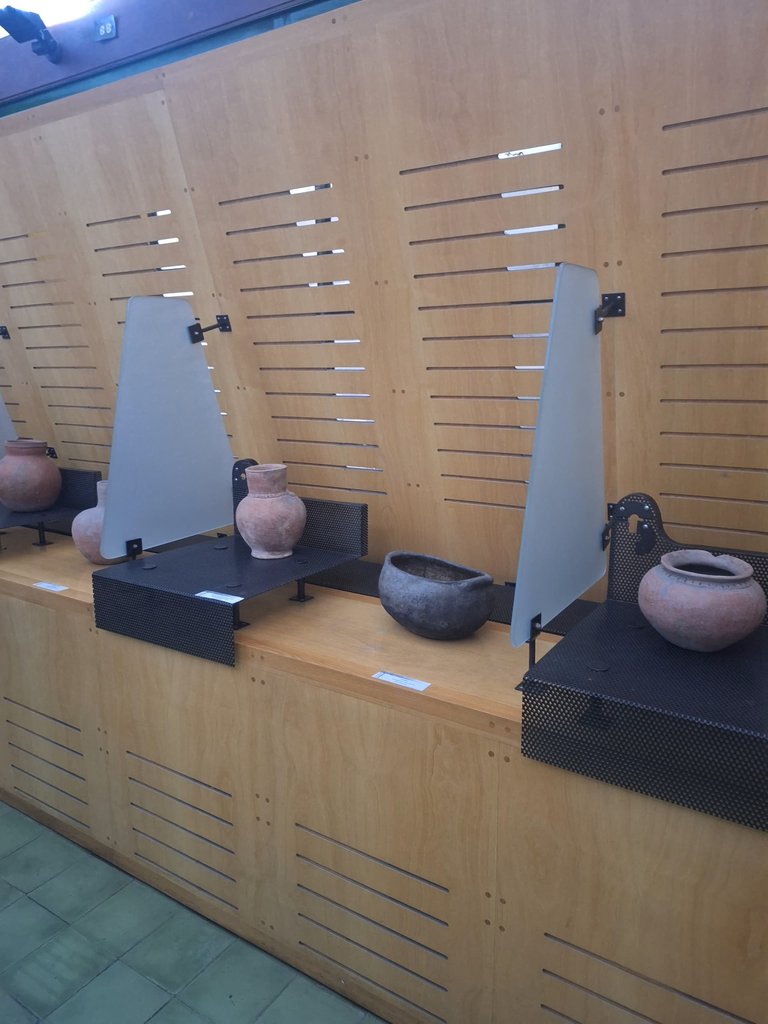 |
In the same room, there was a map of Venezuela with various subdivisions, but the letters were very small. I think there was too much information to appreciate easily, so I only took distant photos.
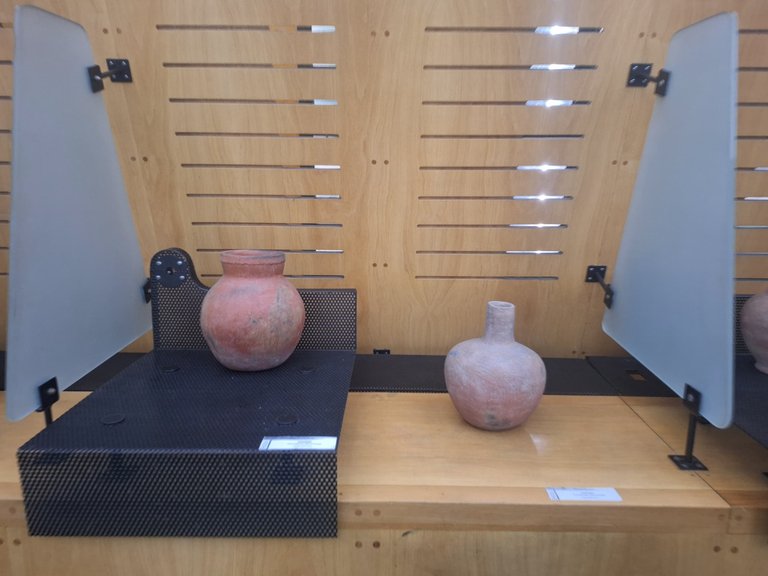
Here, I’ll share other pictures of the local pottery and crafts in Room 1. The scene was perfect due to the thoughtful arrangement of each archaeological item. There was also a model showcasing the archaeological excavation process, which was very well crafted.
 | 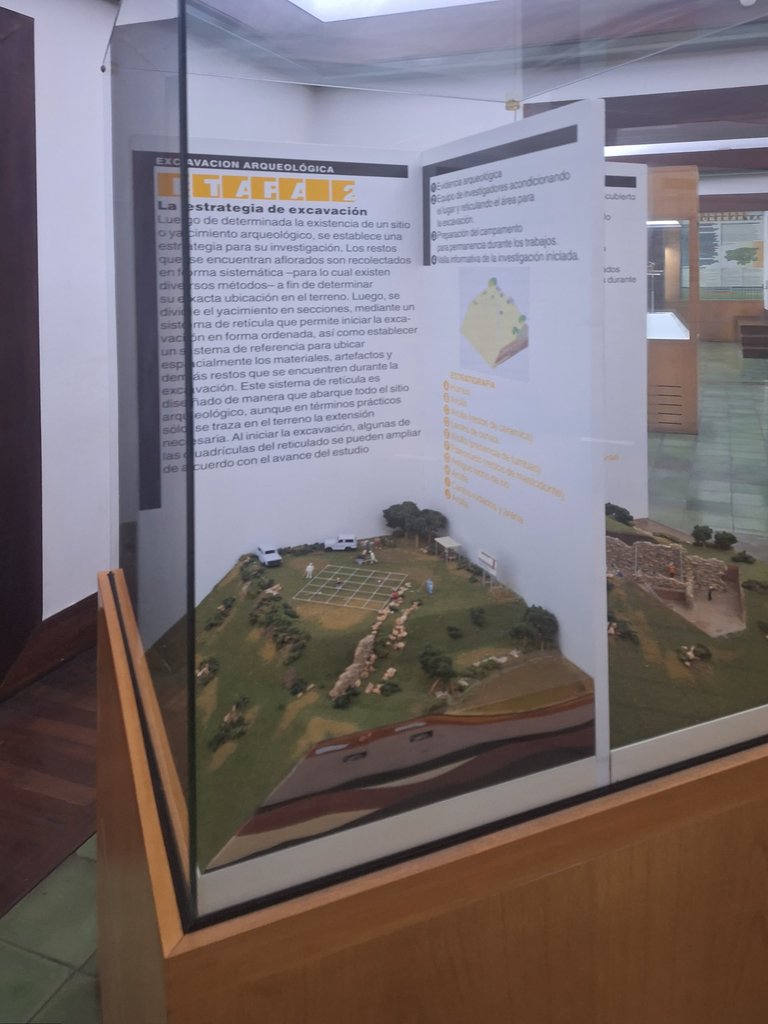 |  |
Unlike Room 1, Room 2 is filled with anthropological artifacts. There are vases, tripods, and bowls, all beautifully organized. However, the labels were on paper rather than metal plaques, which diminished the aesthetic appeal.
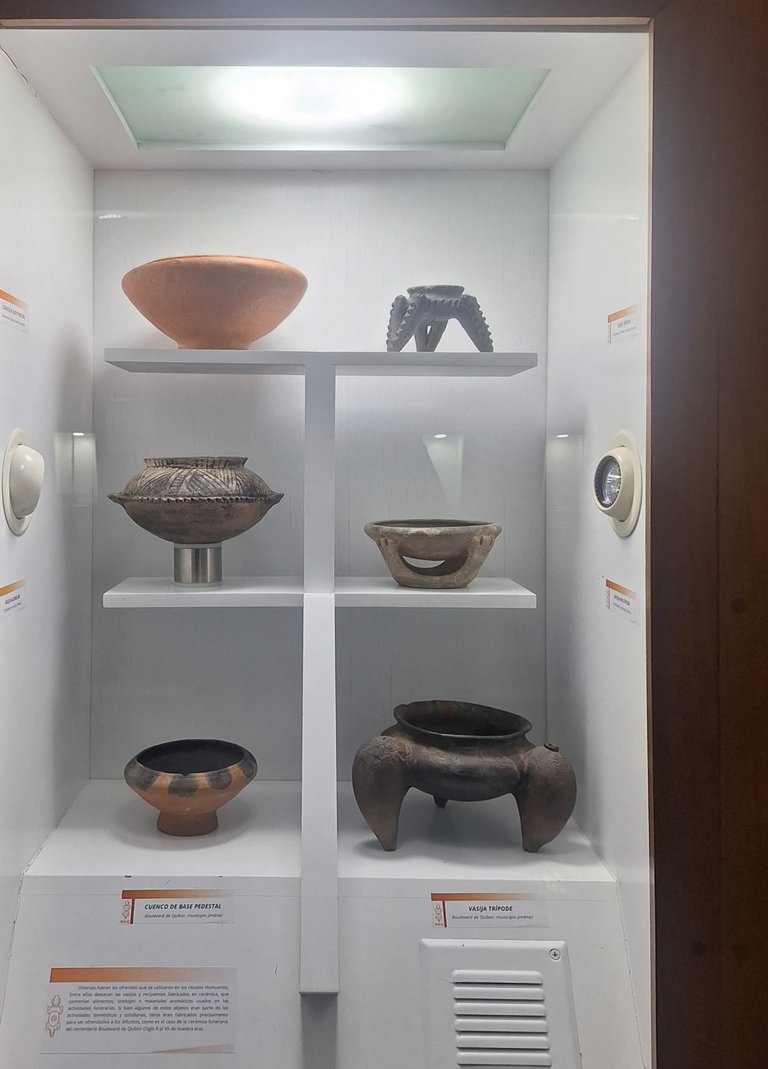
In this same space, there was a jar filled with human skulls and bones. It was a peculiar and somewhat eerie scene. I took three pictures because it was so intriguing to see human bones displayed like that. According to the description, it’s a ceramic urn where bones were placed after the deceased had been buried for several years (feels like something out of a movie).
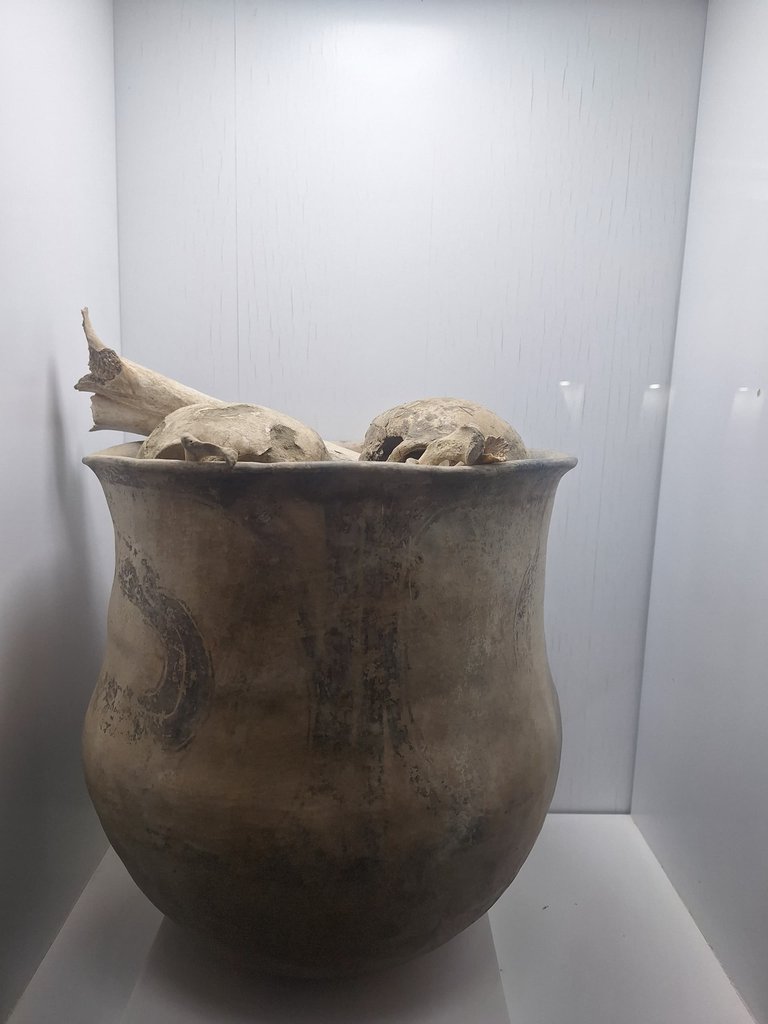 | 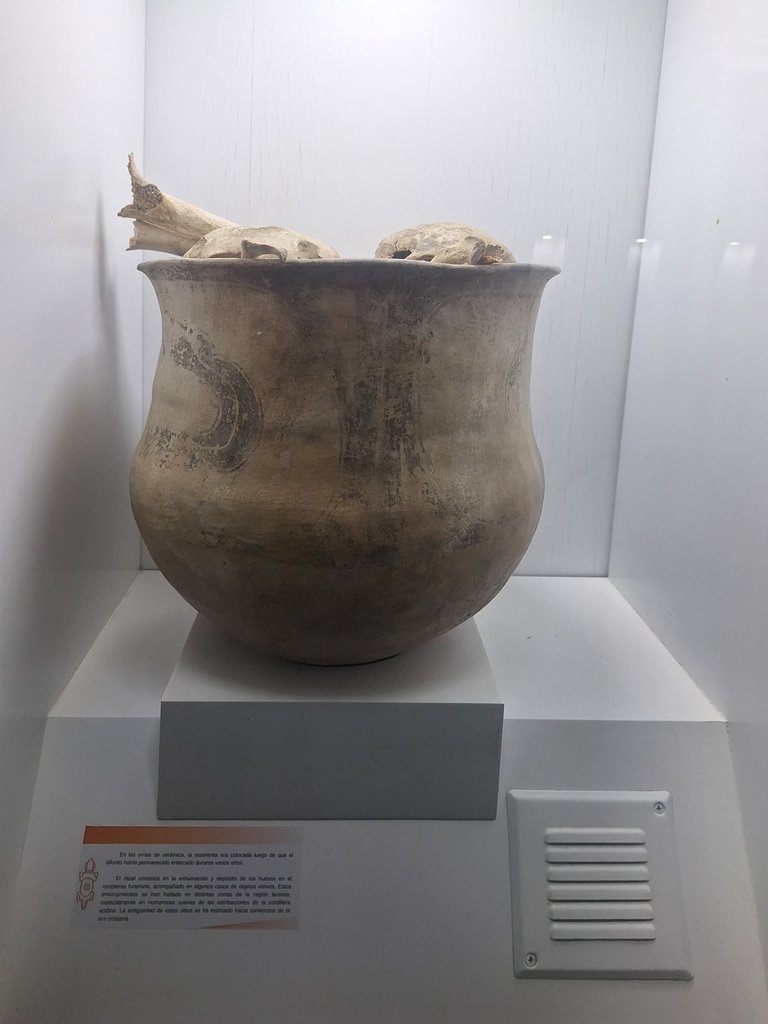 | 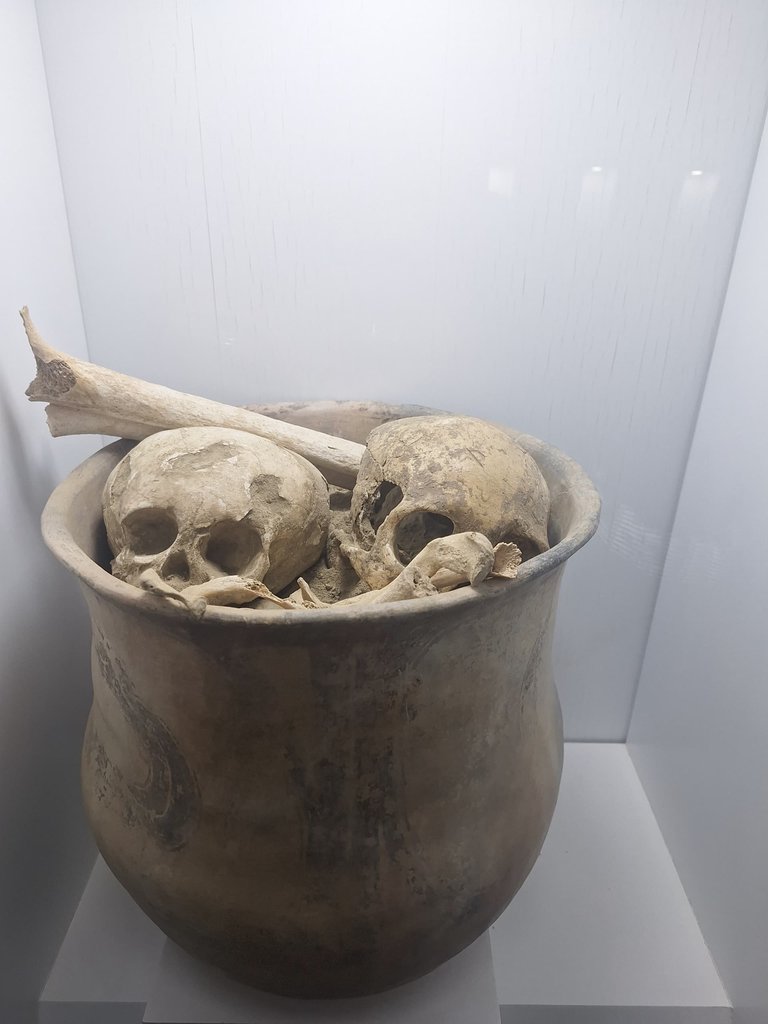 |
Another fascinating find in Room 2 was an imprint of woven fabric on fossilized clay, showing traces of the techniques indigenous people used for carving or weaving. A remarkable discovery.
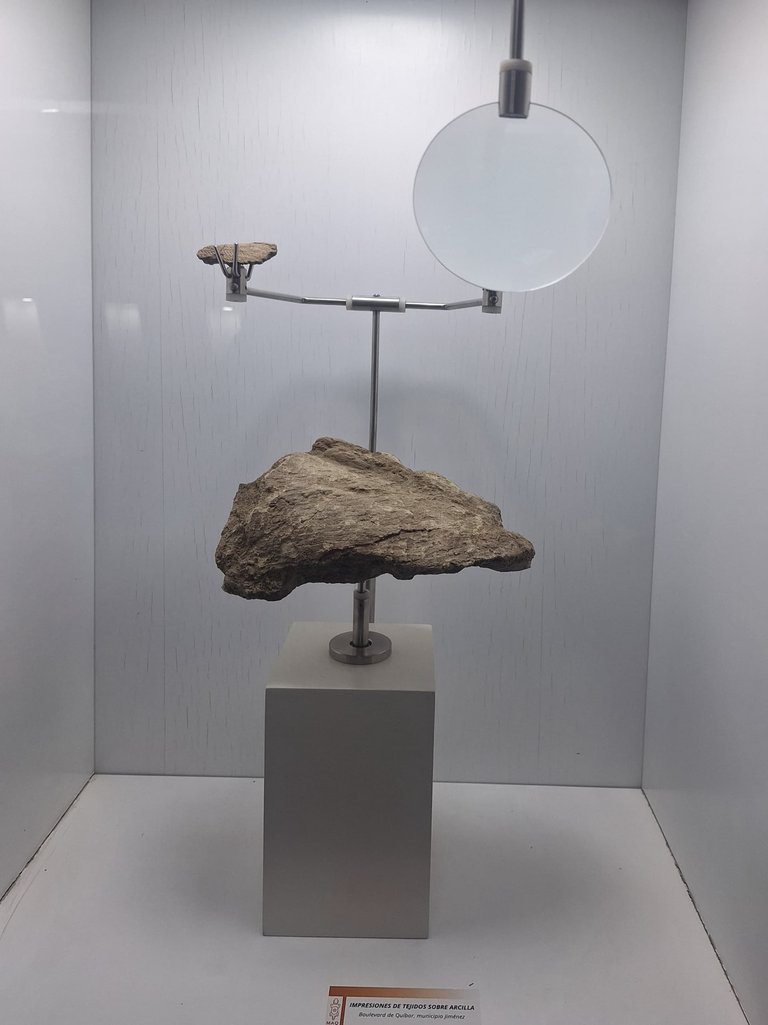
This mask looked like a character I know—haha! I took several photos because it made me laugh so much. According to the description, it was found in Rincón de Guardia, Jiménez Municipality, Lara State, Venezuela. Such masks aren’t commonly found in Quíbor; they were used for rituals, spiritual practices, or funeral ceremonies.
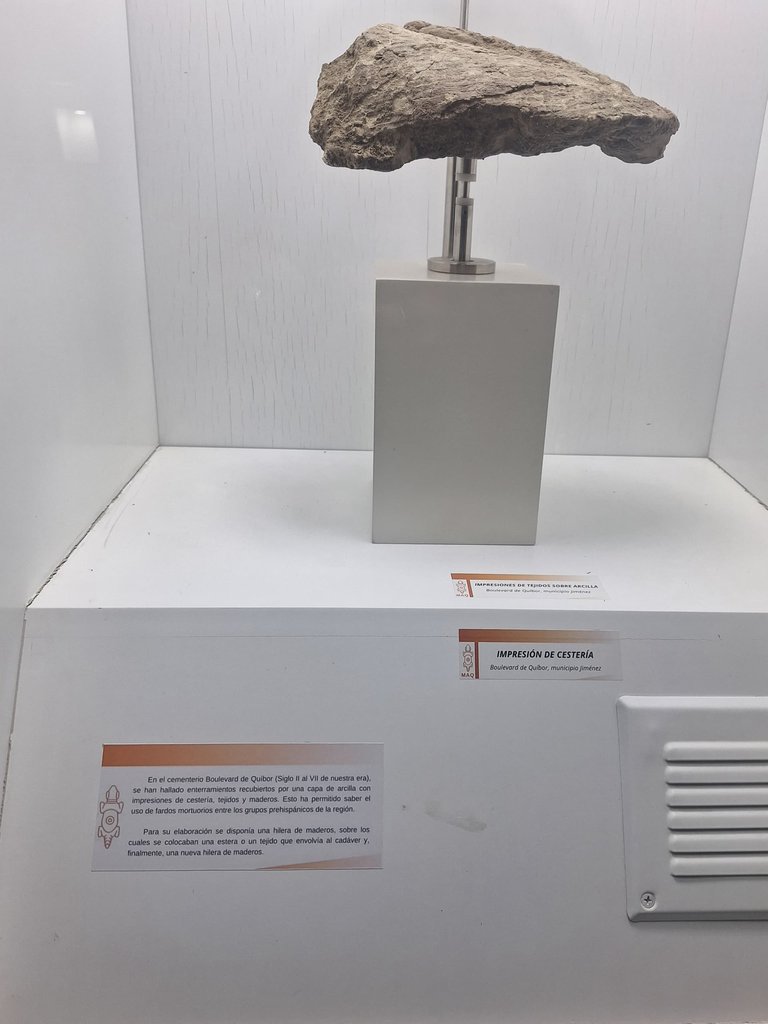 |  | 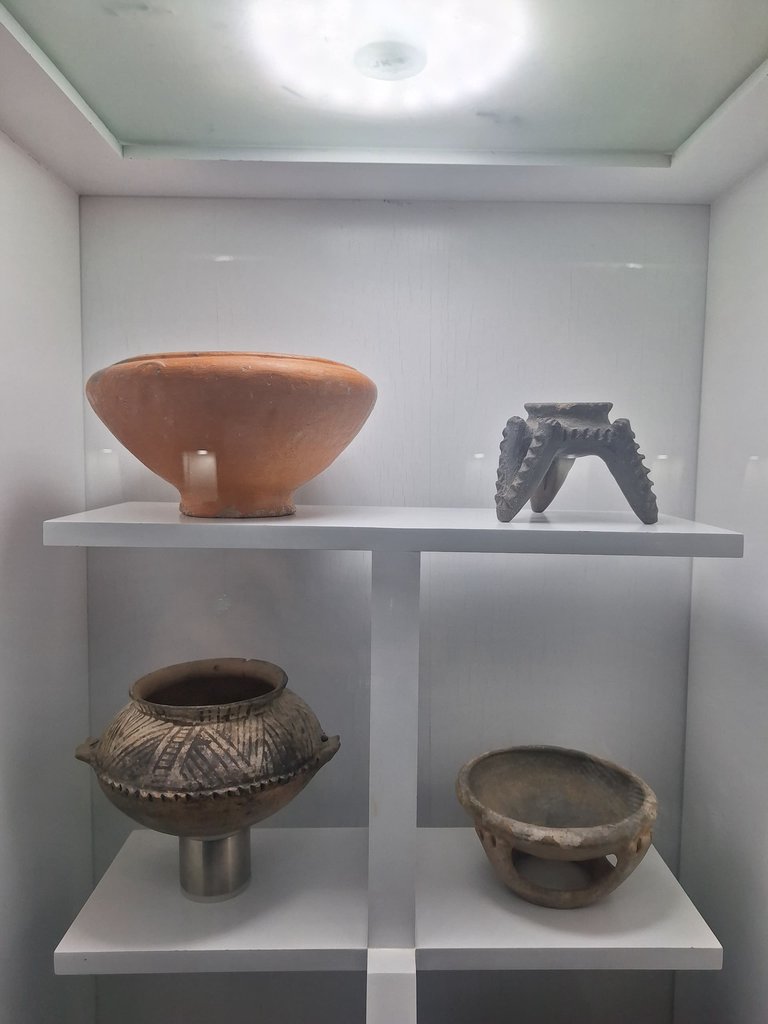 |
One of the most impressive rooms in the museum was Room 3. I think I forgot to mention that Rooms 1, 2, and 3 are connected through an internal hallway. In this room, you’ll find a map of Lara State and a raised platform where you can observe fossilized human skeletons.
 | 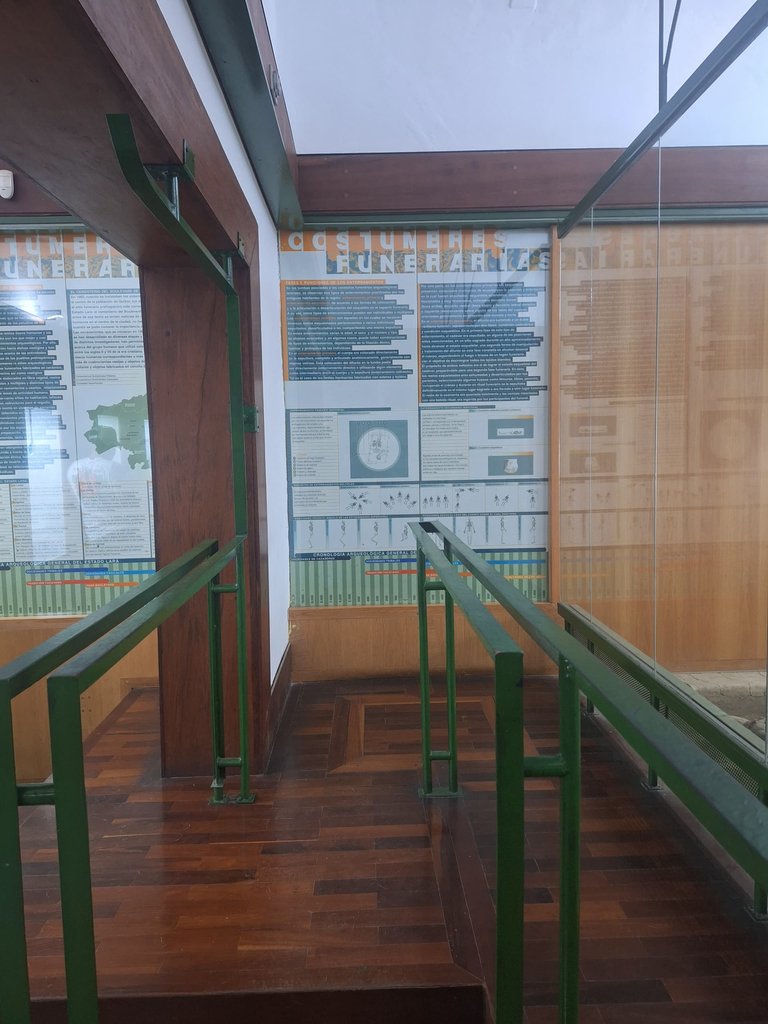 | 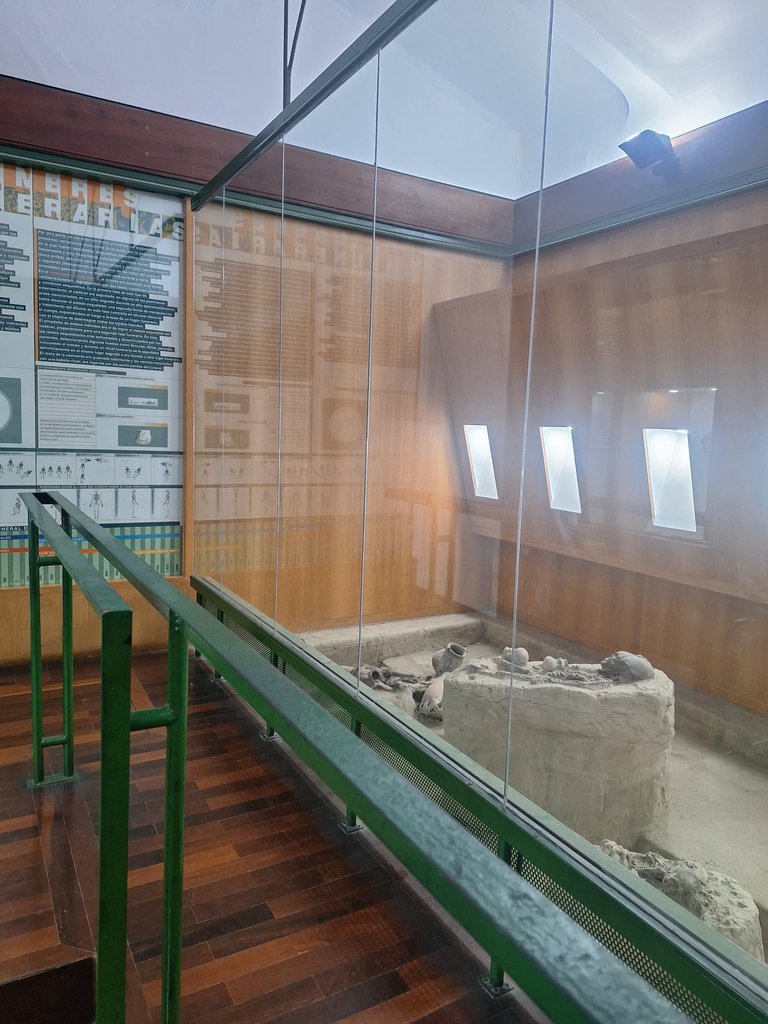 |
This room is stunning because of the attention to detail. The energy there is powerful, and the way everything was carefully arranged to showcase the bones was admirable. The architect did an excellent job.
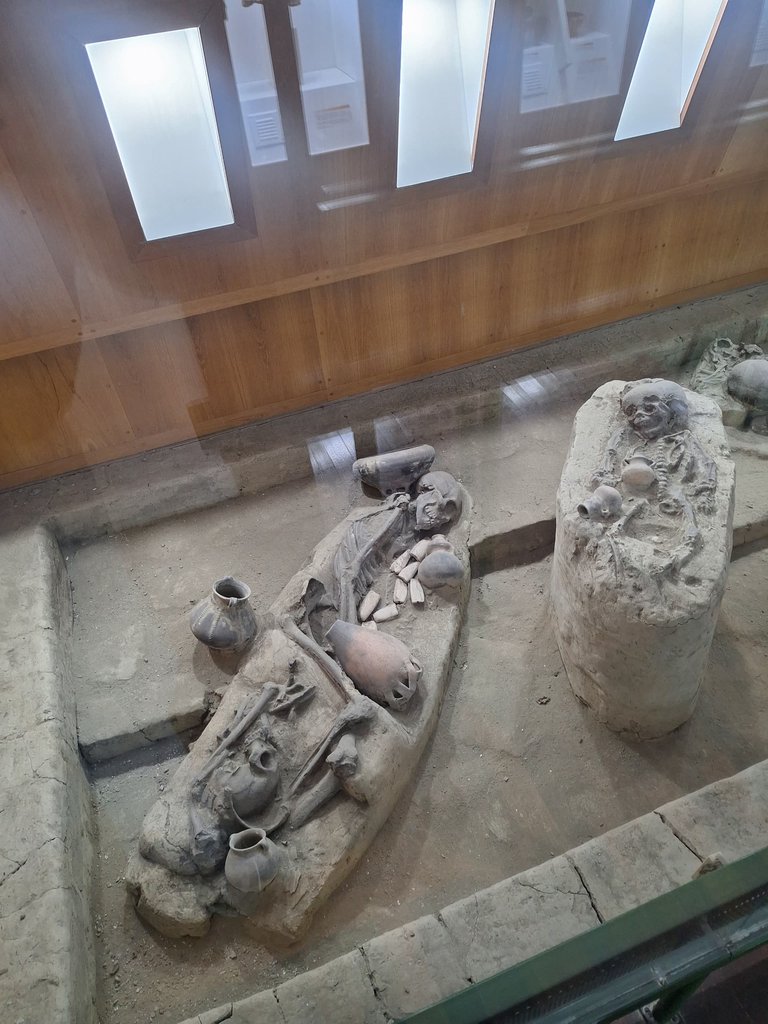
Inside the room, there was also a board explaining the burial customs and practices. This area was not overloaded with information and was easier to understand. I took several photos to remember the experience.
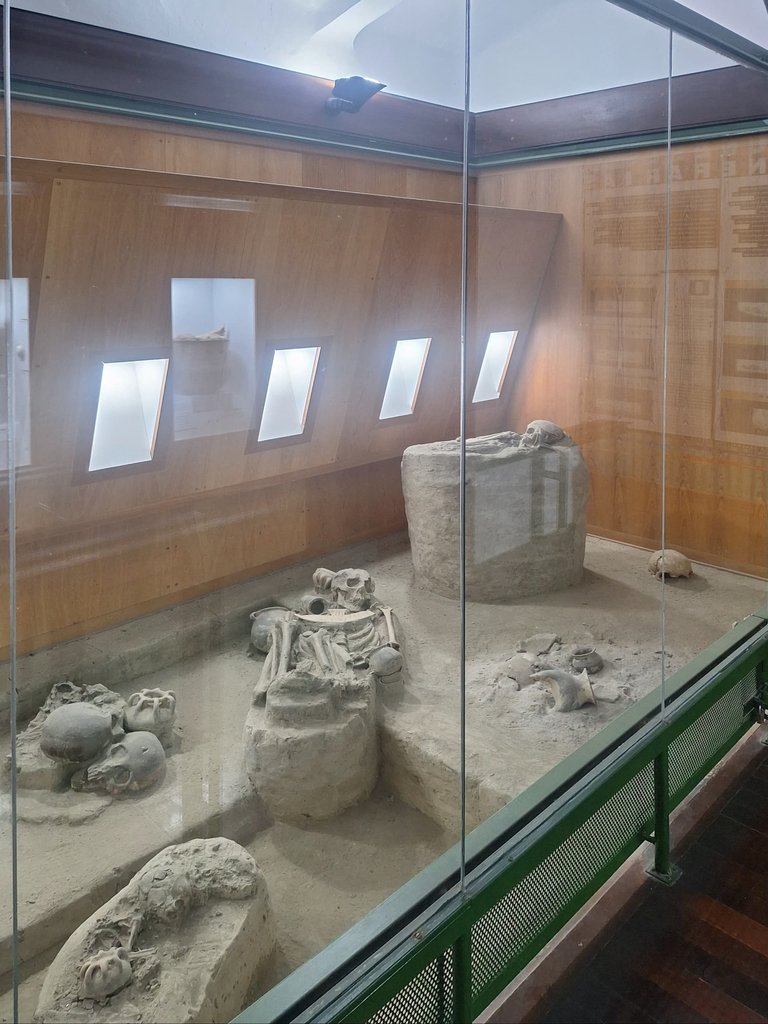 | 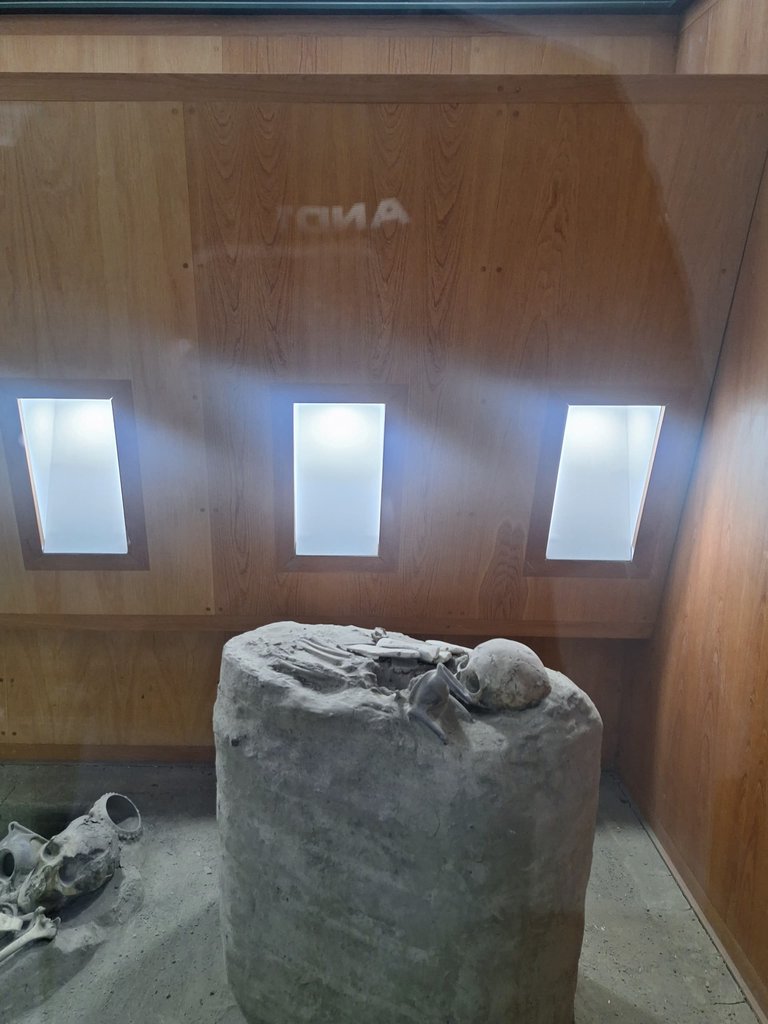 |  |
Room 3 at the Francisco Tamayo Yépez Anthropological Museum in Quíbor honors every detail and shows great respect for the dead found there. Beyond being archaeological finds, the museum gives them proper significance.

In this post, I’ll only share my visit to the first three rooms. In part two, I’ll show my journey through Rooms 4, 5, and 6, the internal hallway, and other complementary areas of the museum. I hope you enjoyed it. Today I reached 1,000 words quickly, and there’s still much more to tell. Enjoy it—I love you all!
Original content by @neruel. All rights reserved © 2025. Images: Samsung Galaxy A54. Translation and grammatical corrections: ChatGPT - DeepL - LanguageTool.
SPANISH VERSION (click here!)
Tesoros Olvidados: Explorando el Misterioso Museo de Quíbor
He ido muy pocas veces a museos o galerías debido a que hay muy pocos en Venezuela. Pude ir al Museo Antropológico Francisco Tamayo Yépez de Quíbor el 12 de febrero de este año; este fue el último lugar que pude visitar mientras estaba recorriendo el pueblo de Quíbor.
Desde hace años quería ir a este museo, pero no había tenido la oportunidad de conocerlo debido a factores de tiempo e incluso dinero. A pesar de estar cerca, hay que planificar el viaje; si tienes vehículo, puedes abaratar los costos.
Para llegar al museo tuvimos que dar varias vueltas en el pueblo de Quíbor debido a errores que tomamos al manejar por algunas calles. Al llegar al museo, quedé impresionado por la fachada del edificio de color verde, blanco y rojo arcilla. La fotografía siguiente es la muestra arquitectónica del edificio.
El frente del museo está lleno de arbustos y palmeras. Las casas coloniales frente a él hacen que la escena sea única y característica de la cultura española arraigada en Venezuela. Una de las casas estaba en remodelación o algo así; había albañiles ahí. En el mismo frente del museo había un pequeño árbol que había sido cortado, pero aún buscaba crecer. Lamento que el piso estuviera levantado, pero esto es debido a los arbustos de raíces poco profundas.
La belleza de la entrada del museo concuerda con la propia forma y modelado urbano del pueblo de Quíbor. Me pareció agradable que estuviera limpio y cuidado. Aproveché para tomar unas fotografías del estacionamiento. La cantidad de árboles ahí es sorprendente. Dentro había un edificio en construcción paralizado, todo debido a la depresión económica venezolana del 2012-2025.
La entrada del museo posee un aviso interesante con una de las esculturas encontradas en el pueblo de Quíbor. Este pueblo en la otrora Venezuela era el lugar donde se hacían todas las artesanías que se vendían en el país. Esta actividad está arraigada desde los indios originarios y el proceso español que construyó la hispanidad.
En la entrada, con lo primero que te encuentras, es con un plano arquitectónico del edificio y la manera en la que está distribuido. Esto me gustó debido a que pocos lugares lo poseen. Algunas áreas no construidas son la A, B y 4.
La sección 1 del plano, edificio principal, está dividido en 6 salas, 1 vestíbulo y 1 tienda. Cada sala tiene un tipo de arqueología única. Algo que noté en el vestíbulo donde estaba el plano es que habían retirado las artesanías de exhibición.
Al ingresar en el pasillo del museo, entre la tienda y el vestíbulo, te encuentras con el primer elemento arqueológico del museo. Un precioso collar de conchas de caracol junto a un pendiente de caracol de orígenes desconocidos.
Luego de ver el collar, ingresé a la primera sala, una de las más impresionantes, te encuentras con una cantidad de artesanías increíbles. Esta sala me pareció interesante porque todas las vidrieras eran un poco más interactivas y los objetos se podían observar de una manera más directa.
Hubo un objeto que me llamó mucho la atención; parecía de metal, pero no era de este material. Los detalles que tenían eran muy impresionantes. No presté mucha atención al nombre (se los debo).
Otro aspecto agradable de esta sala eran las vasijas y la manera en que estaban exhibidas era atractivo porque no tenían vidrieras. Se podía apreciar más detalladamente cada una de ellas. Unas eran cántaros, otras lozas y una que parecía un bol para amasar masa de arepas, ja, ja, ja, ja.
En la misma sala había un mapa de Venezuela con diferentes desgloses, pero las letras eran muy pequeñas. Creo que tenía demasiada información y los detalles no eran apreciables. Solo tomé fotografías de lejos.
Aquí dejaré otras fotografías de las losas criollas y artesanías en la sala 1 del museo. Creo que la escena era perfecta debido a la manera en que estaban organizados cada uno de los elementos arqueológicos. También había una maqueta que mostraba el proceso de excavación arqueológica. Estaba muy bien hecha.
A diferencia de la sala 1, la sala 2 del museo está llena de objetos antropológicos. Hay vasijas, trípodes y cuencos. Todo estaba muy bien organizado, aunque las descripciones debían estar en placas de metal y no en papel. Se pierde mucho la belleza y la estética.
En este mismo espacio, había un jarrón lleno de cráneos y huesos humanos. La escena era peculiar y daba algo de miedo. Tomé tres fotografías; me pareció muy intrigante como se podían exhibir así huesos humanos. Según la descripción, esto es una urna de cerámica; los huesos se colocaban en ella luego de que el difunto permaneciera años enterrado (cosas que parecen de película).
Otra cosa que había en la sala 2 del museo, era una impresión de tejido sobre arcilla fosilizada o algo así. Por lo que noté, eran rastros en arcilla de las técnicas que usaban los indígenas para hacer tallados o tejidos. Algo notable.
Esta máscara se parece a un personaje que conozco, ja, ja, ja, ja, ja. Tomé varias fotografías porque me dio mucha risa. Según la descripción, se encontró en el rincón de Guardia, en el municipio Jiménez, Lara, Venezuela. Esto es algo que no se consigue en sitios arqueológicos comunes de Quíbor, ya que solo se usaba para rituales, espiritismo o celebraciones funerarias.
Una de las salas más impresionantes del museo era la número 3. Creo que me faltó detallar que las salas 1, 2 y 3 están conectadas por un pasillo interno entre ellas. En esta sala te encuentras con un mapa del estado Lara y con un área elevada que te permite observar esqueletos humanos fosilizados.
Esta sala es impresionante debido a cada uno de los detalles que posee. La energía que hay allí es impresionante y la manera en que cada detalle fue considerado para poder apreciar los huesos, era admirable. El arquitecto hizo bien su trabajo (realizó su pega, como dicen los chilenos).
Entre la sala había un aviso de las costumbres funerarias y la manera en la que se enterraban los cadáveres. Esta parte no estaba sobrecargada de información, era más entendible. Tomé diferentes fotografías para recordar la experiencia.
La sala número 3 del Museo Antropológico Francisco Tamayo Yépez de Quíbor respeta cada uno de los detalles y considera el respeto a los muertos que están ahí. Más allá de que sean parte de los hallazgos que se han encontrado, el museo le dio una gran importancia.
En este post solo compartiré tres salas del museo. En la segunda parte mostraré mi recorrido por las salas 4, 5 y 6. La del pasillo interno del museo y la de sus otras áreas complementarias. Espero que disfrutaras todo. Hoy llegué a 1000 palabras rápidamente y falta mucho que contar. Disfrútalo, los amo.
Contenido original de @neruel. Todos los derechos reservados © 2025. Imágenes: Samsung Galaxy A54. Traducción al inglés y corrección gramatical: ChatGPT - DeepL - LanguageTool.
Posted Using INLEO
You can check out this post and your own profile on the map. Be part of the Worldmappin Community and join our Discord Channel to get in touch with other travelers, ask questions or just be updated on our latest features.
Today the story is that of a museum. Surprised myself, hahahaha. I think a lot of things end up shocking you. :P
😂😂👍 great!
Hiya, @lauramica here, just swinging by to let you know that this post made it into our Top 3 in Travel Digest #2547.
Your post has been manually curated by the @worldmappin team. If you like what we're doing, please drop by to check out all the rest of today's great posts and consider supporting other authors like yourself and us so we can keep the project going!
Become part of our travel community:
What a wonderful surprise. Most happy to be in the top 3 of
Travel Digest #2547.
Thank you so much for the love and support @lauramica . Let's keep telling unique stories.
You are very welcome @neruel! it was well deserved. ☀️
Keep up the great work 💪
😍
Good evening my friend, you visited a very beautiful museum, the design of the building is very amazing, you managed to capture some very extraordinary photos that show The atmosphere inside is very entertaining❤️🙏
Hello, suarlex. How nice that you noticed the details in some photos, the museum is impressive. Thanks for stopping by.
You're welcome my brother I really enjoy the beauty inside 🙏❤️
Qué chévere ver de nuevo este museo, lo visité hace algunos años y me gustó, ¡me alegra que esté tan bonito y con buenas exhibiciones!
El museo está en buen estado, hay partes no construida. En esta parte solo conté lo que había en la sala 1, 2 y 3. Las exhibiciones, muy bellas.
I can imagine how exciting and a little spooky it must’ve been to see the bones and the ancient artifacts up close. Makes me want to explore places like this too—thanks for showing a different side of Venezuela.
Both things happened, but it is a pleasant experience as long as it can be enjoyed and appreciated well. Thanks to you for your visit.
Wow! Incredible place to uncover hidden history! I love the idea of exploring forgotten treasures. The whole visit feels like a seamless story unfolding.
Indeed, it is a place full of culture and history. This kind of place is nice to know, you enjoy it.
Definitely! It’s a great place to learn and enjoy at the same time.😃
I agree with these words. :)
I loved reading about your museum visit. While reading, I feel I was there with you as well. every detail from the building and the gardens to the pottery and burial stuff really made it come alive. Can't wait for part two.
The experience is unique. I am very happy to read this comment because it is fulfilling. I am glad that every word and pictures will connect with you. The most interesting thing to be able to show you and everyone a piece of Venezuela.
Part of its history and essence.
Muchísimas veces fui a Quíbor, pero más allá de la plaza, el centro de artesanías y un banco, no conocí nada. Es cierto que era muy joven aún y no me interesaban estos temas de museos, etc, pero agradezco que nos mostraras ese lugar. Se dice mucho que Venezuela tiene poca oferta cultural y patrimonial en comparación con otros países, pero la verdad es que desconocemos muchos espacios y les hace falta visibilización.
Saludos y gracias por compartir.